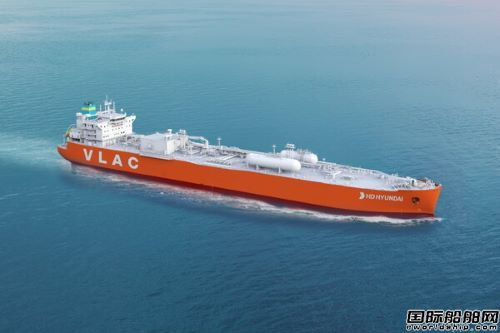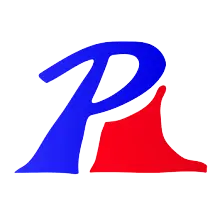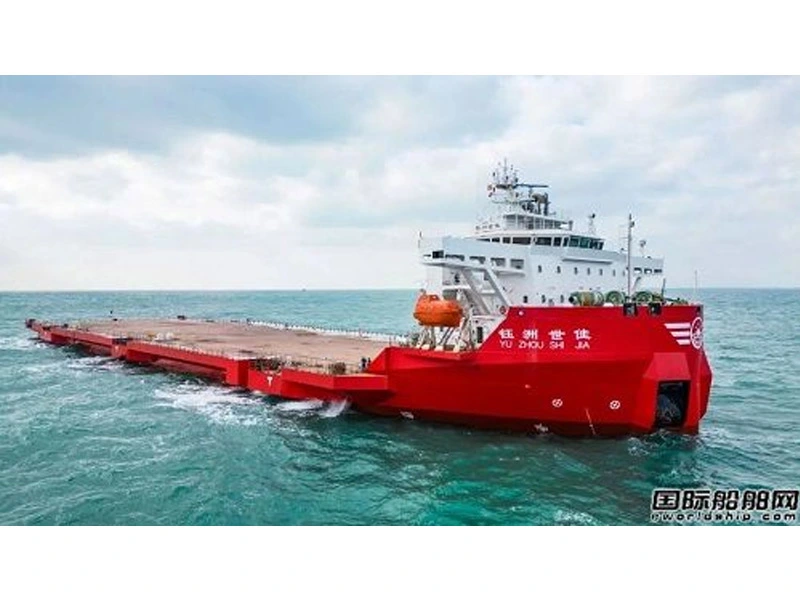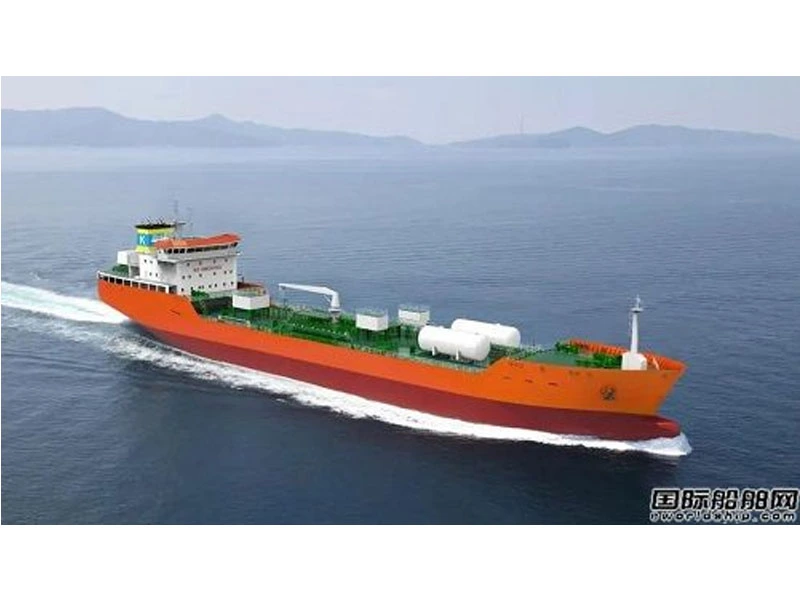Get 4 more ships! South Korea's shipbuilding industry has become the dominant player in the VLAC market

HD Hyundai, the largest shipbuilding group in South Korea, has received four more VLAC orders. This year, out of a total of 24 VLAC new ship orders worldwide, up to 20 were won by this shipbuilding giant.
On April 9th, HD Hyundai (formerly Hyundai Heavy Industries Group) shipbuilding holding company HD Korea Shipbuilding Marine announced that it had signed construction contracts with European shipowners for four ultra large liquid ammonia transport ships (VLACs), with a total contract amount of approximately KRW 631.9 billion (approximately USD 466 million).
These four new ships will be built by HD Modern Sanhu located in Lingyan County, Jeollanam do, and are planned to be delivered gradually before July 2028.
HD South Korea Shipbuilding Ocean did not disclose specific information about the relevant shipowner, but according to foreign media reports, this order comes from the Danish Maersk Tankers. The company signed a 4+6 global order for the largest 93000 cubic meters of VLAC with HD Modern Sanhu in December last year, and the latest order is for 4 of the candidate ships.
This batch of VLACs from Maersk tankers is expected to use clean ammonia fuel. Currently, Maersk tankers are collaborating with engine manufacturer MAN Energy Solutions and Hyundai Heavy Industries Engine and Machinery Division (HHI-EMD), but the decision to install ammonia fuel engines requires support from regulatory authorities and customers.
As of now, HD South Korea Shipbuilding Ocean has undertaken 86 ship and sea equipment orders this year, with a total contract amount of 9.86 billion US dollars (approximately 71.32 billion yuan), completing approximately 73% of its annual order target of 13.5 billion US dollars. This includes 6 large LNG ships, 28 VLGC/VLAC ships, 4 LPG ships, 32 product oil ships, 1 VLEC, 6 VLCC ships, 3 crude oil transport ships, 2 LCO2 transport ships, 2 automobile transport ships, 1 offshore platform upper module, and 1 FSRU.
It is worth mentioning that these four new ships are the seventh batch of VLAC orders undertaken by HD Korea Shipbuilding Ocean this year, bringing the company's VLAC orders to 20 this year, with a contract amount of 2.41 billion US dollars (approximately 17.43 billion yuan), equivalent to 24.4% of the company's total order amount, making it the ship type with the highest undertaken amount.
At the same time, HD South Korea Shipbuilding Ocean is also the "dominant" player in the current VLAC construction market. According to Clarkson's data, out of a total of 41 VLAC handheld orders worldwide, up to 24 are built by HD Korea Shipbuilding Marine, including 16 from HD Hyundai Heavy Industries and 8 from HD Hyundai Sanhu. These two shipyards are also the shipyards with the highest number of VLAC handheld orders. And this does not include the latest four orders.
In this year's VLAC new ship orders, apart from HD South Korea Shipbuilding Ocean taking on 20 ships, only Hanhua Ocean (formerly Daewoo Shipbuilding) and Samsung Heavy Industry each took on 2 new orders.
Korean industry insiders have stated that many international shipping companies are taking the lead in ordering VLACs as liquid ammonia is seen as a viable alternative to fossil fuels in the future energy supply chain. The advantages of liquid ammonia transport ships and South Korean shipping companies in the construction technology of LPG ships are similar, and they are high value-added ships no less than LNG ships. Like LNG ships, ammonia is transported in liquid form and liquefies at minus 33 degrees Celsius, with a dew point higher than LNG and hydrogen. To build ships capable of safely transporting large amounts of liquid ammonia, it requires both high technical capabilities and large-scale production facilities as well as high-level engineering management capabilities.
Norwegian consulting firm Rystad Energy estimates that by the mid-1930s, the trade volume of clean ammonia will reach 76 million tons, four times the trade volume in 2020. The company stated that by 2050, the annual export volume of ammonia will exceed 120 million tons. Most of them will come from Africa and North America.
Korean industry insiders say that in this context, the prospects for VLAC orders are also optimistic. It is expected that by 2035, the total order volume for global liquid ammonia transport ships will be 150-200, with an average annual demand of around 20 ships.


